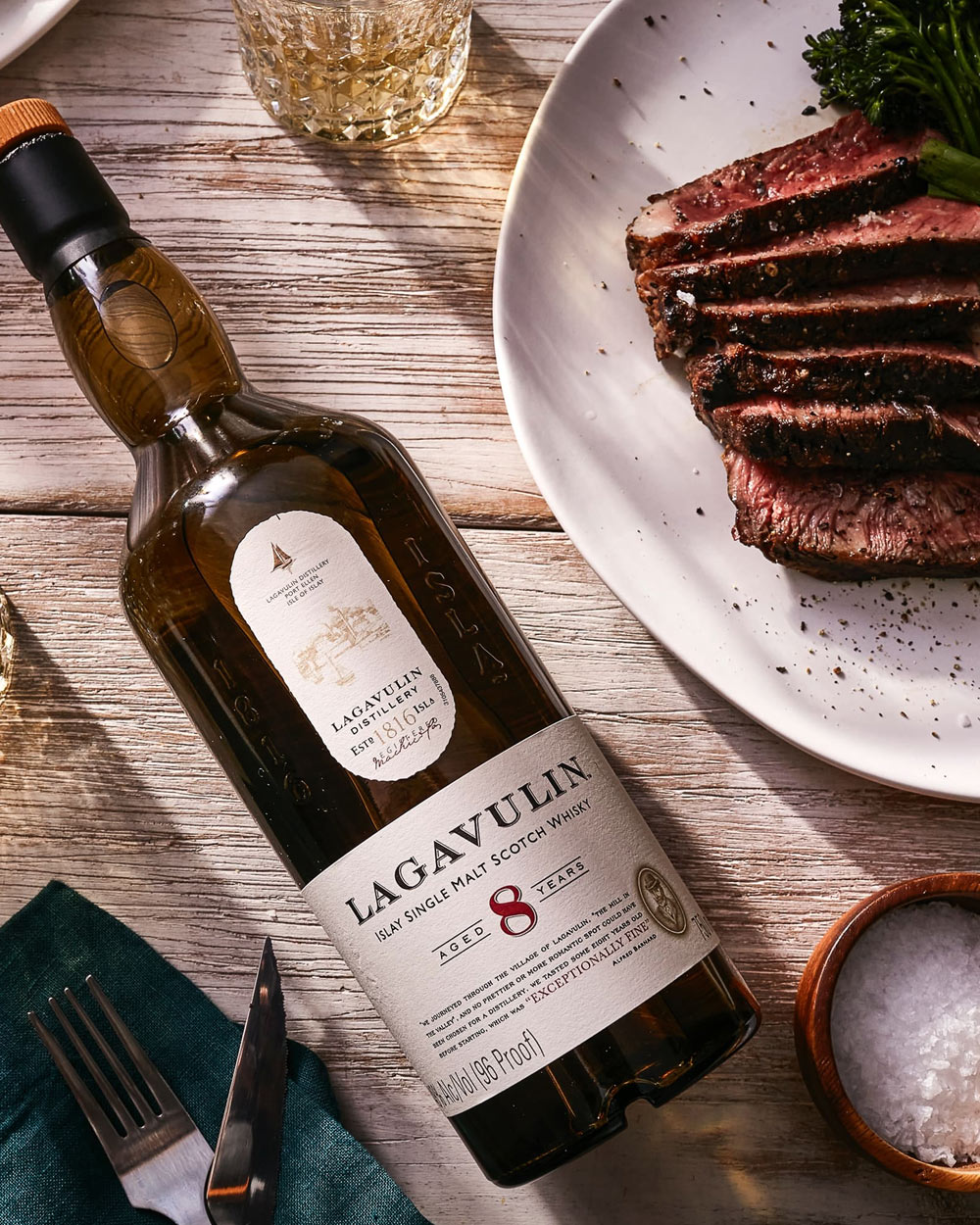In 2014 I was on one of my first distillery tours in Scotland when I came across something I’d never seen before — an 8-year-old bottle of The Macallan.
And next to it was an 8-year-old Bunnahabhain, along with a handful of other single malts, all aged less than 10 years. “Why don’t they have these in the States?” I asked one of our whisky guides. “Nobody would buy anything less than 10 years old in America,” he said, dismissively. Anecdotal though that incident may be, it was indeed almost impossible to find a single malt with a single-digit age statement until a couple of years ago.
It wasn’t always this way. In the 1970s and earlier, when single malts were virtually unheard of, 8-year-old blended whiskies were pretty standard. The first single malt marketed as such in America, Glenfiddich’s “straight malt,” was also bottled at 8 years old when it debuted in the early 1960s. According to Raj Sabharwal, whisky educator and importer for Glass Revolution, most whiskies didn’t even have an age statement until the ’70s. But thanks to the energy crisis and the vodka boom of that decade, he says, “the demand for Scotch declined, resulting in a large stock of aged whiskies. Marketers decided that by adding age statements, consumers would believe that older was better.”
The plan worked, at least in America. For many consumers, age statements became synonymous with quality — an 18-year-old was “better” than a 12-year-old, a 21 trumped 18, and so on. Anything less than 10 years old tended to stay in the UK if it was still bottled at all. But by the time I spied that Macallan 8 (which is no longer being made and which I never got to taste, incidentally), the worm had turned. Scotch whisky was red-hot, and rather than sitting on too much-aged whisky, distilleries were literally running out of aged stocks, forcing them to blend older and younger malts to create non-age-stated blends. Bruce Perry, global brand manager for Torabhaig, which just released a 4-year-old single malt, thinks the NAS movement helped open people’s minds to the appeal of younger whiskies.
“Consumers have enjoyed NAS single malts and, of course, find it more affordable,” he posits. “Therefore if there was received wisdom [about the superiority of older whisky], it has been challenged.”
As availability for older whisky has shrunk and prices have skyrocketed, no-age-statement blends have given way to young-and-proud-of-it bottlings. Though still far from ordinary, under-10 and even 5-and-under whiskies (the legal minimum age requirement for a Scotch whisky is three years in the barrel) aren’t as jaw-dropping as they would have been during the Obama administration.
Bruce Perry says, “Not all whisky styles lend themselves to being drunk young; for some excellent examples, the contrary is the case.” Indeed, the five young pups reviewed below have something in common — their outsized flavor profiles come primarily from the malting of the barley. Time in oak tends to soften a whisky and round out its flavors, so a delicate Speyside malt may not taste its best without more time in the barrel. But more significant, brawnier whiskies can stand on their own with minimal time in oak.
If you’re still subscribing to the “older is better” school of thought, prepare to have your preconceptions blown to bits.
None of these youthful drams will fool you into thinking they are senior statesmen, but that’s not the point. They’re different, and they’re delicious.
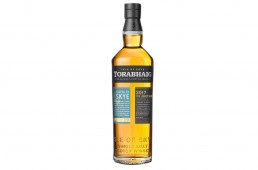
Torabhaig 2017, 4 Years Old
Vitals: 92 Proof (46% ABV), $59
The Isle Of Skye’s newest distillery began production in early 2017. A mere four years later, limited quantities of the very first whisky distilled at Torabhaig are now commercially available, and it’s surprisingly mature for its age. Moderately peated and finished in ex-bourbon barrels, it’s a combo of sweet vanilla and malt notes along with a light, seaside salinity and light smoke that gradually gains in intensity towards the back of the throat. The finish is long, dry, and satisfying. It’ll be fascinating for the distillery team and imbibers alike to see how this one evolves in the barrel, but it’s already fully formed.
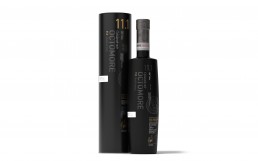
Octomore Edition 11.1 Aged 5 Years
Vitals: 118.8 proof (59.4% ABV), $250
The lesser-known Bruichladdich distillery, maker of Octomore, is easily the most iconoclastic whisky house in Islay, if not all of Scotland. Established in 1881, Bruichladdich has endured a tumultuous past, including several years-long closures. When distiller Jim McEwan took over in 2001, “The Laddie” was coming off another 7-year layoff. McEwan quickly transformed it into a powerhouse, in large part by experimenting with every aspect of whisky-making from peat smoke to grain to maturation. Bruichladdich was among the first 21st century Scotch whiskies to unapologetically release young expressions. A case-in-point is the mighty Octomore, a limited annual release that smoke-eaters covet as it’s the most heavily peated of all Scotch whiskies. This years 11.1 Edition is aged a mere five years in ex-bourbon barrels, imparting big vanilla and floral notes to barely temper the deep and earthy peat smoke. It all comes together as a complex, multi-dimensional whisky that’s miraculous in its own way.
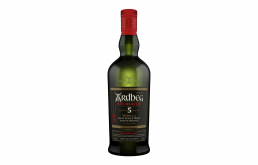
Ardbeg Wee Beastie, 5 Years Old
114.8 Proof (47.4% ABV), $44
Ardbeg has an ever-expanding roster of expressions, featuring myriad finishing and cask aging styles, so the 2020 release of the super-youthful Wee Beastie felt almost inevitable. Ardbeg’s whiskies never lack in intensity — they’re among Islay’s most heavily peated malts. But less time in the barrel also has its attributes, and this five-year-old Wee Beastie is proof in the bottle. Aged in a combination of ex-bourbon and Oloroso sherry casks, this young buck isn’t so much a “wee beastie,” it’s a full-fledged beast. Notes of smoky bacon covered in dark chocolate abound, along with licorice and hints of menthol, capped by a rich, powerful and savory finish.
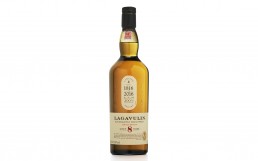
Lagavulin Aged 8 Years
Vitals: 96 Proof (48% ABV), $85
Lagavulin’s 8-year expression is aged only half as long as the distillery’s signature 16-Year-Old product. The whisky was introduced as a limited edition to celebrate the Islay distillery’s 200th anniversary in 2016 but proved to be so popular that it’s now part of the permanent lineup. While the Lagavulin 8’s mouthfeel is slightly lighter than that of the 16-year-old, its flavor is enormous, with assertive notes of charred oak and minty dark chocolate, accentuated by its signature aroma that smells like a campfire at the beach. Its finish is long, smoky, and sweet. Pro tip: Explore how maturation affects the whisky by sipping this 8-year-old alongside the flagship Lagavulin 16 to see what a difference those extra years in the barrel add and subtract.
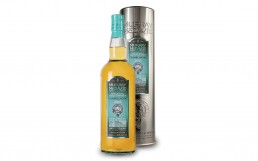
Craigellachie Benchmark 8-Years-Old
Vitals: 92 Proof (46% ABV), $70
Craigellachie has been around since the 1890s, but it’s a name unfamiliar to most casual whisky fans because it was used almost exclusively in blends until 2014. It’s still made the old-fashioned way, utilizing a worm tub condenser (a relatively inefficient way to cool and condense alcohol vapor) as well as oil-based fire to malt its barley. This lends the whisky a sulfuric, funky, almost meaty flavor. Time in a barrel — the core age range is 13-23 years old — smooths out the rough edges and transforms Craigellachie from weird to weirdly delicious. But at a mere 8 years old, this expression, distilled in 2007 and released by independent bottler Murray McDavid, is more like a barely-controlled stallion. What keeps it reined in is the rum cask finish, resulting in a classic Cragellachie tang overlaid with a beautiful honeyed sweetness. With only 712 bottles available, this is one to seek out in short order.
“Aged in a combination of ex-bourbon and Oloroso sherry casks, this young buck isn’t so much a “wee beastie,” its a full-fledged beast.“

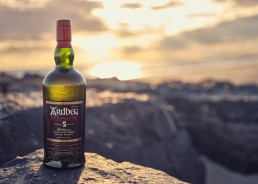
Tony Sachs has been writing about spirits, cocktails, bars and the boozy life in general since 2007 for the Huffington Post, Robb Report, Serious Eats, Whisky Advocate, Liquor.com, and Esquire. Tony has judged cocktail competitions for several brands, including Jack Daniel’s, Stoli Elit, and Chivas Regal. Tony is a member of the Bourbon Roundtable, which helps select batches of Booker’s Bourbon for release.

